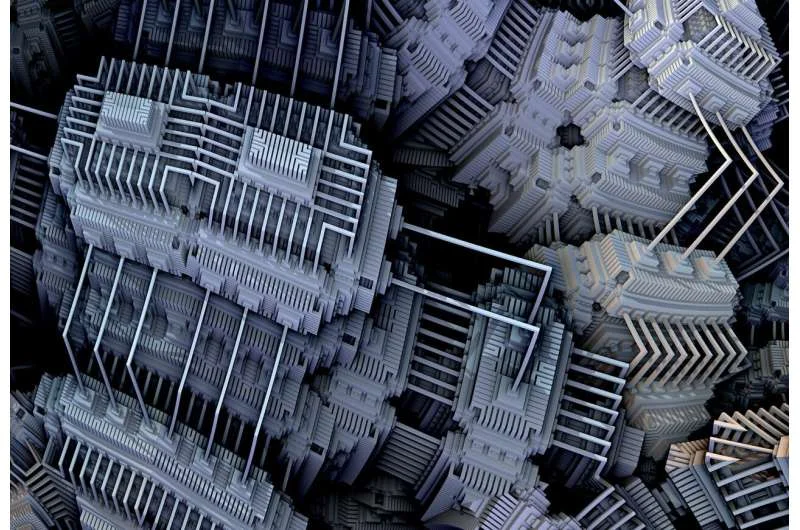Researchers around the world are working to create a network that can connect quantum computers over long distances. Andreas Reiserer, professor of quantum networks at the Technical University of Munich (TUM), explains what challenges need to be overcome and how atoms trapped in crystals can help.
Professor Reiserer, what is the quantum internet and how is it different from the classical internet we know?
The idea is the same: we use today’s internet to connect computers to each other, while the quantum internet allows quantum computers to communicate with each other. However, from a technical perspective, the quantum Internet is much more complex. Therefore, only smaller networks have been implemented so far.
Why do we need a quantum network?
There are two main applications: first, combining quantum computers in a network allows increasing their computing power; Second, the quantum network will make communication encryption absolutely secure from interception. But there are other applications that allow the investigation of entirely new physics questions, such as networked telescopes to achieve previously impossible resolution to peer into the depths of the universe, or the ability to synchronize atomic clocks around the world with extreme precision.
How do quantum computers exchange information?
Mostly like the classical internet: with the help of photons. These photons are transmitted through optical cables. The classical Internet uses very powerful signals, pulses of light, made up of billions of photons. Here information is transmitted using a binary code: the light is on or off, similar to Morse code.
But the quantum Internet is different: It still uses binary code, but information is transmitted in individual photons, not pulses of light containing large numbers of photons. This makes it possible to transmit quantum mechanical states that carry extremely large amounts of information.
Why is it so difficult to create a quantum Internet?
Photons are lost as they travel along the optical cable. In a traditional network, signals can be easily amplified by using repeaters that add more photons to the light pulses. But in the quantum internet, if a photon is lost, all transmitted information is irreversibly destroyed. Such losses are the biggest problem when creating a functional network. It can be solved with the help of quantum repeaters that my group is currently working on.
What challenges do you face?
Short distance transmission already works very well. However, losses increase exponentially as distance increases. To create quantum repeaters, we divide the total distance into many smaller subparts. Buffers, which are essentially tiny quantum computers, store the quantum state from each subsection until a photon is transferred to the next subsection.
The method called quantum teleportation can then be used to further “deliver” the information to the transmitted photon. This requires efficient small quantum computers, which we are currently developing.
What do these tiny quantum computers look like?
The best researched systems use individual atoms trapped in a vacuum and cooled to very low temperatures by laser light. However, this approach requires an entire laboratory full of optical components, making it difficult to implement this approach on a small scale.
Instead, we use silicon crystals in which individual atoms are embedded and trapped by the crystal, so to speak. The erbium atoms we use retain their quantum mechanical properties under these conditions. This structure also requires low temperatures but is technically much, much simpler.
We were able to show that this system works in principle and that erbium atoms produce photons suitable for carrying quantum information when excited. The main advantage is that we can create thousands or even millions of such structures on a single silicon chip.
Why is this important?
The need for buffering on repeaters will mean that information will take a very long time to move from one place to another. To achieve higher speed, we use a method called multiplexing. This means that the process is executed as many times as possible in parallel. Our technology makes this possible and we are already working on the implementation.
Will we all use quantum internet in the future?
The situation may be similar to the classic Internet: at first, almost no one could have imagined that today everyone would walk around with Internet access in their pocket, use satellites to determine our location and navigate using the Internet. We are still in the very early stages when it comes to quantum internet.
Our current research is still about fundamentals and looks at topics like: Can we connect these systems? Can we extend quantum states to the world? The potential of such a system as we know it today will already be revolutionary for some fields, and I am sure there will be many applications that no one has even thought of today. Source













